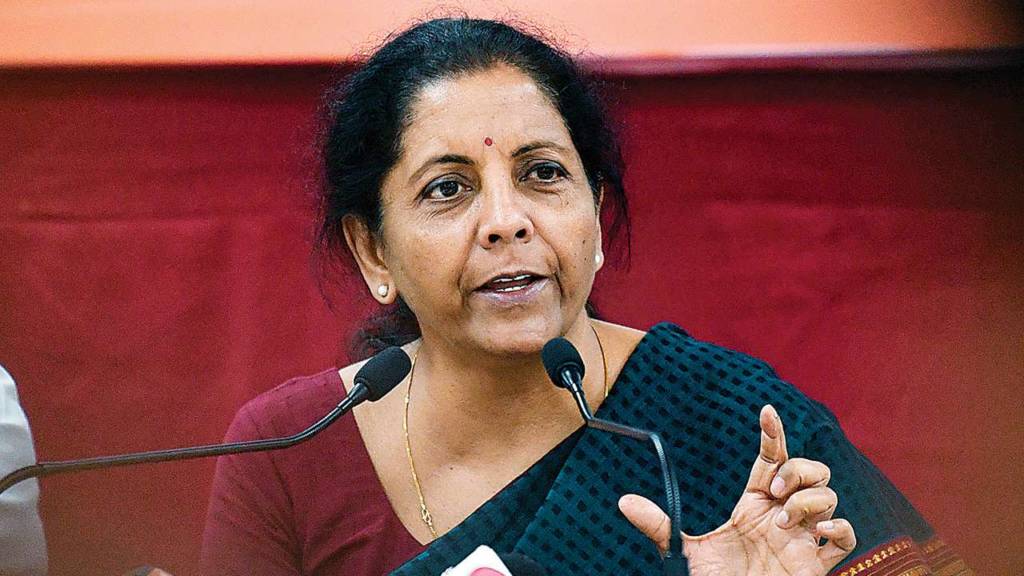Nirmala Sitharaman, the quintessential politician and administrator, was a surprise pick for the position of Finance Minister when Modi government came back to power with a huge majority. People were anticipating that, most probably, Piyush Goyal would be given the coveted ministry, but PM Modi picked the JNU Economics graduate who was earlier at the helm of Defence Ministry.
Since taking the reign of Finance Ministry, Sitharaman presented has two budgets. The first one was more of a revision exercise as a reasonably good budget was earlier presented by Piyush Goyal, and given this, government had made very clear that they would go for incremental reforms rather than big bangs, the budget presented after the new government sworn was more or less same as the interim budget, but with some socialist measures like Dividend Distribution Tax (DDT).
The new socialist measures added to budget did not go very well with everyone. Even the people who supported the government policies and posed faith in the Modi government, criticized the socialist measures, as they expected the government to dismantle Nehruvian socialists structure as BJP has the full majority of its own with 303 seats.
After that, the Indian growth figures moved southwards in the successive quarters due to some domestic and some international factors, which further deteriorated Finance Minister’s public image, although none of these factors were a result of her actions.
The budget for FY 21, presented on February 1 this year, received moderate reviews from critics and policy analysts. However, it did not improve the Finance Minister’s image among the people on either side of the political spectrum. And in the last one year of the second Modi government, she was among the most criticized ministers of the Modi government in policy circles as well as on social media.
The Coronavirus induced lockdown, which ravaged the Indian economy, gave the Finance Minister an opportunity to prove herself in the crisis; and she grabbed it with both hands! In many ways, she became to PM Modi what Manmohan Singh was to PV Narasimha Rao.
Like former PM Rao, PM Modi is full of reformist zeal and he needed a Finance Minister to design the model to free up the economy, and most importantly agricultural sector, from the clutches of the state.
In the last five days, the Covid-19 relief package has focused on four metrics- Land, Labor, Laws, and Liquidity, as said by the Prime Minister in last Tuesday’s address to the nation.
While state governments are taking care of Land, Labor, as these are state subjects; the Union Finance Ministry, under the leadership of Nirmala Sitharaman, has focused on Liquidity and Laws, and implemented some of the path-breaking reforms.
The Finance Minister announced that all sectors are opened to private players, unless specified otherwise. In some strategic sectors, like Banking, Oil and Gas, and defense, the public players would continue to play important role, but private entry is allowed even in these sectors and the government increase FDI limit in defense from 49 to 74 to prove this.
Moreover, the government has abolished Agricultural Produce Market Committee Act, and promised to amend Essential Commodities Act, to free up the farmers and Agricultural sector from state control. This would prove watershed movement for Indian agriculture and the date when these reforms were announced- 15 May, 2020- would prove a defining mark.
Like the then Finance Minister Manmohan Singh received negative press from the leftist establishment for the following few years after he announced reforms in 1991, Sitharaman would be criticized by the liberal establishment for next few years, but after that, when these reforms start showing impact and take growth figures to double digit, she would be hailed as visionary just like Dr. Singh.
Therefore, Nirmala Sitharaman has proved her credentials through these reforms in such testing times after a year of mediocrity, and she would witness her moment of glory very soon.
